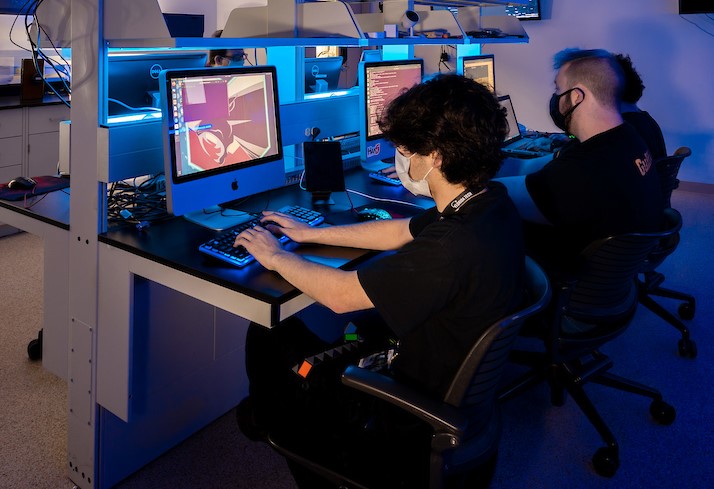Document Type
Conference Proceeding
Publication Title
Proceedings of SPIE - the International Society for Optical Engineering
Abstract
One of the more useful techniques to emerge from AI is the provision of an explanation modality used by the researcher to understand and subsequently tune the reasoning of an expert system. Such a capability, missing in the arena of statistical object recognition, is not that difficult to provide. Long standing results show that the paradigm of Bayesian object recognition is truly optimal in a minimum probability of error sense. To a large degree, the Bayesian paradigm achieves optimality through adroit fusion of a wide range of lower informational data sources to give a higher quality decision - a very 'expert system' like capability. When various sources of incoming data are represented by C++ classes, it becomes possible to automatically backtrack the Bayesian data fusion process, assigning relative weights to the more significant datums and their combinations. A C++ object oriented engine is then able to synthesize 'English' like textural description of the Bayesian reasoning suitable for generalized presentation. Key concepts and examples are provided based on an actual object recognition problem.
First Page
258
Last Page
268
DOI
10.1117/12.138270
Publication Date
9-16-1992
Recommended Citation
Hazlett, T. L., Cofer, R. H., & Brown, H. K. (1992). Explanation mode for bayesian automatic object recognition. Paper presented at the Proceedings of SPIE - the International Society for Optical Engineering, , 1700 258-268.


